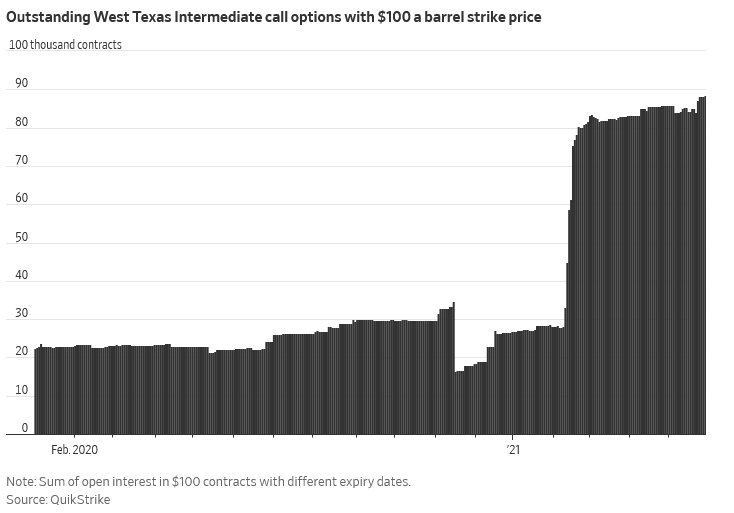The Wall Street Journal had one regarding the several bills the Progressive-Democrats are taking up in the Senate now that Congress has returned from its extended long weekend vacation.
Will Senate Democrats be able to gain bipartisan support for any of their new initiatives?
The answer, of course, is No. Senate Progressive-Democrats aren’t interested in bipartisanship, so they aren’t looking for any. Senate Majority Leader Chuck Schumer (D, NY) and many of his fellow Progressive-Democrats have made this clear with
some Democrats…call for pressing ahead without Republicans. Democrats could pass tax and spending legislation with a simple majority, using a process called budget reconciliation….
And
Mr Schumer has made it clear Democrats are ready to go it alone if necessary on legislation, bringing bills to the floor that don’t have enough support to pass under current rules.
That’s an effort to put the Republicans on the record as voting against Progressive-Democrat priorities, but more importantly, it’s a move to discipline the few Progressive-Democrats who aren’t sufficiently far Left, pushing them to support ending the Senate’s filibuster.
The Progressive-Democrat “negotiations” in the Senate and the White House that are currently going on are a sham, just Progressive-Democrats filling a square to manufacture campaign talking points.



